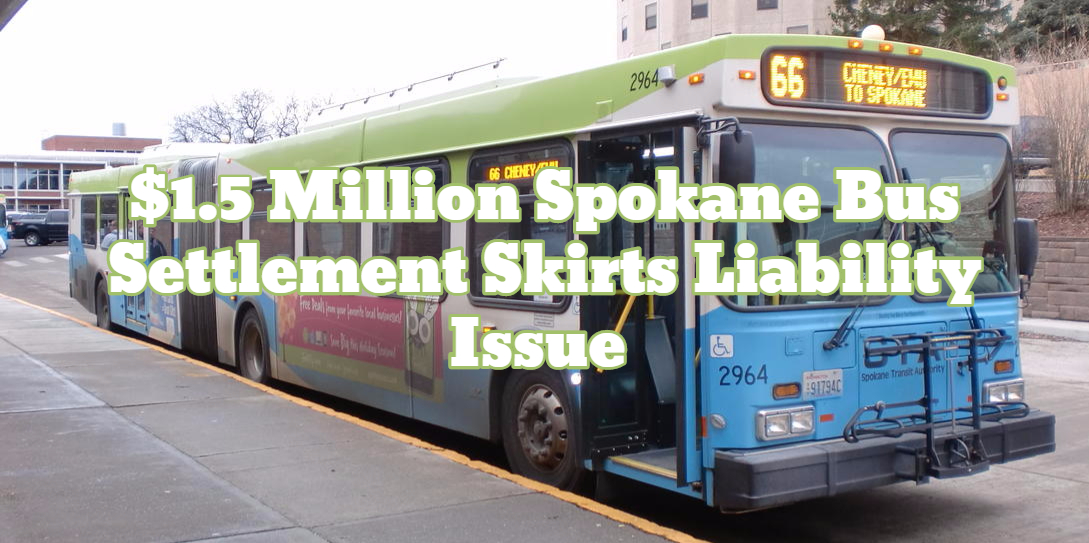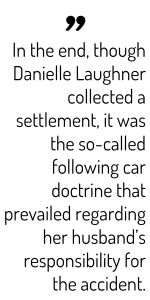DuPont Co. and its former subsidiary, Chemours are once again facing charges by the State of Ohio for perfluorooctanoic acid, PFOA damages. They are accused of inappropriately dumping of the chemical for 60 years even though they knew it was harmful to human health.
Earlier lawsuit
An earlier lawsuit had found them liable for the injuries that resulted from people drinking water contaminated by the chemical from their West Virginia plant.
Additional Liability
Even though the two companies had settled the earlier lawsuits by paying hundreds of millions of dollars, the state of Ohio still finds them liable for long-term damages and cleaning costs. Mike DeWine, the state’s Attorney General, pointed out that since the pollutants are not degradable, its effects are bound to continue.
The state conducted a series of health studies in 2017 to determine the dangers of the chemical. The studies showed that most of the personal injury plaintiffs in the first case still had accumulated levels of PFOA in their blood. The toxin has been shown to cause kidney and testicular cancer, ulcerative colitis, and increased level of bad cholesterol.
The lawsuit alleges that DuPont defended its profits at the expense of human life. The company is also accused of having intentionally hidden dangers of the toxin from government officials.
Blame game
DuPont was the parent company of Chemours. However, it sold out to form DowDuPont Inc. Chemours had initially agreed to bear the liability of its parent company concerning the cases in question. However, a later agreement saw them share responsibility. Chemours, however, has declined any liability for punitive damages.
The decision by Chemours has caused an endless blame game between the two firms. The spokesperson of DuPont, Dan Turner, insists that the company is fully insured by Chemours and is consequently not liable for any charges related to its previous projects.
Additional woes
The woes of the two firms are far from over as they face new inquiries by federal regulators over another chemical, GenX, which they used on the same site.
Besides the lawsuits, the value of Chemours fell by 3.6 percent in New York Trading to $46.49 on Thursday when the case was filed.
In a related case, the former producer of PFOA, 3M.Co is facing similar charges in Minnesota. The trial is set to begin in mid-February.



 The accident occurred on March 4, 2011. The bus driver stopped in the right lane of four-lane U.S. Highway 2 rather than on the nine-foot shoulder next to a bus stop. He said he sought to avoid merging back into traffic and that the bus flashers were on.
The accident occurred on March 4, 2011. The bus driver stopped in the right lane of four-lane U.S. Highway 2 rather than on the nine-foot shoulder next to a bus stop. He said he sought to avoid merging back into traffic and that the bus flashers were on.